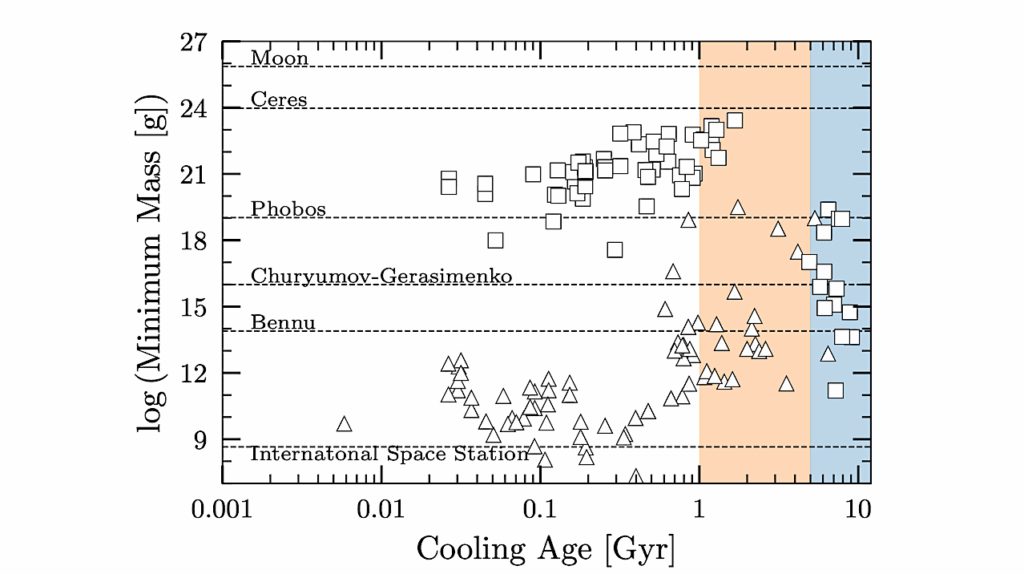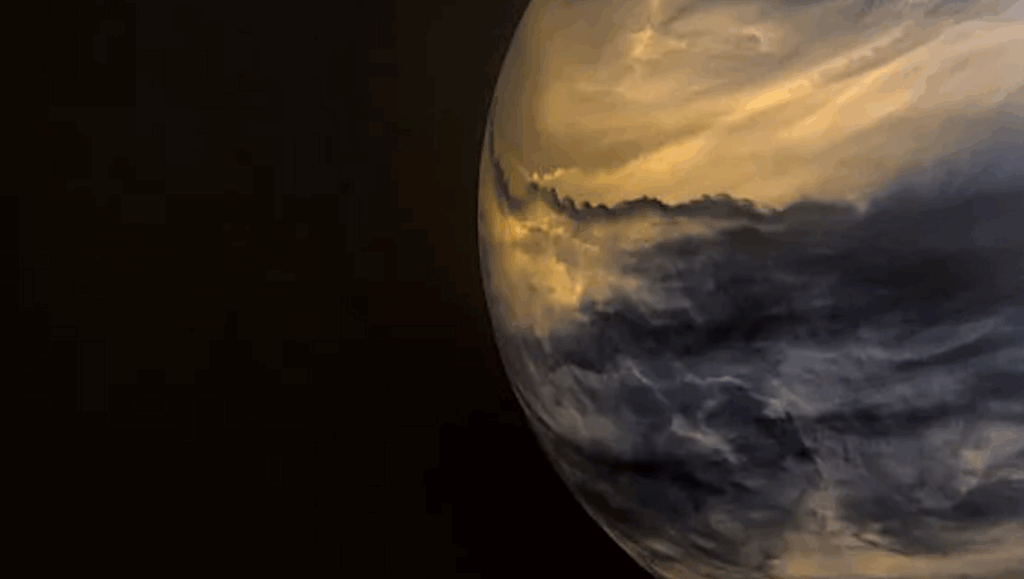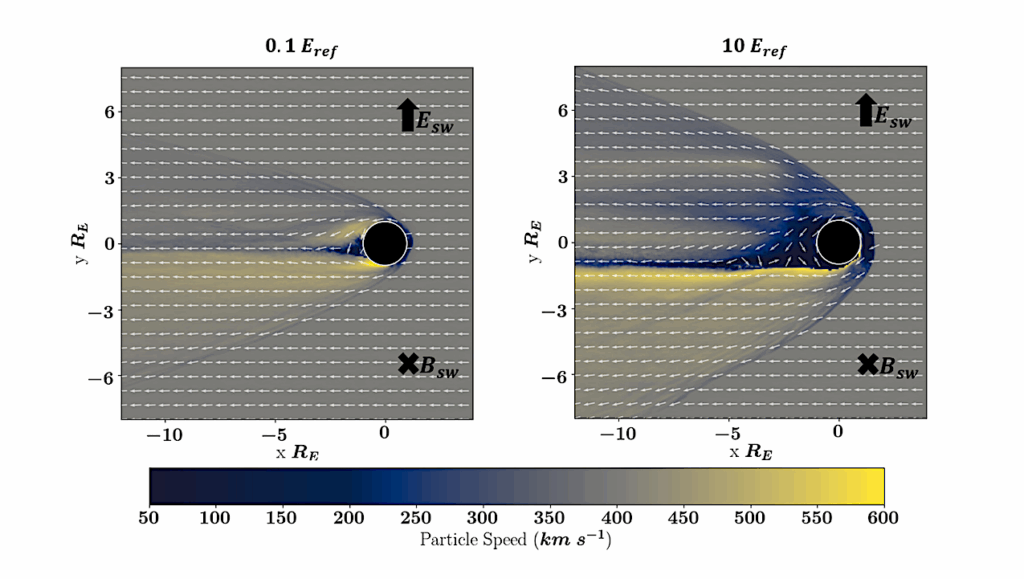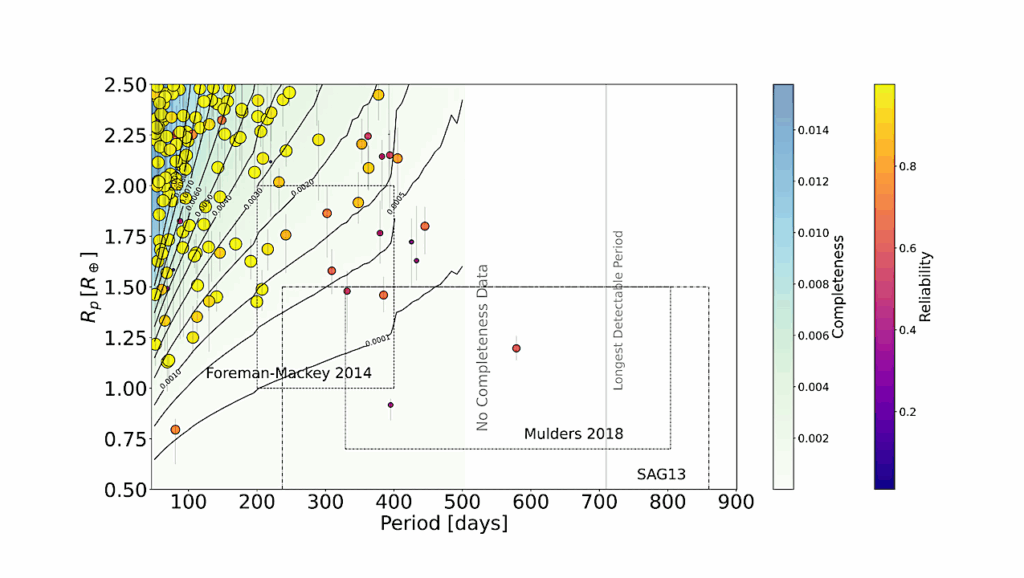Eccentric Orbits May Enhance The Habitability Of Earth-like Exoplanets
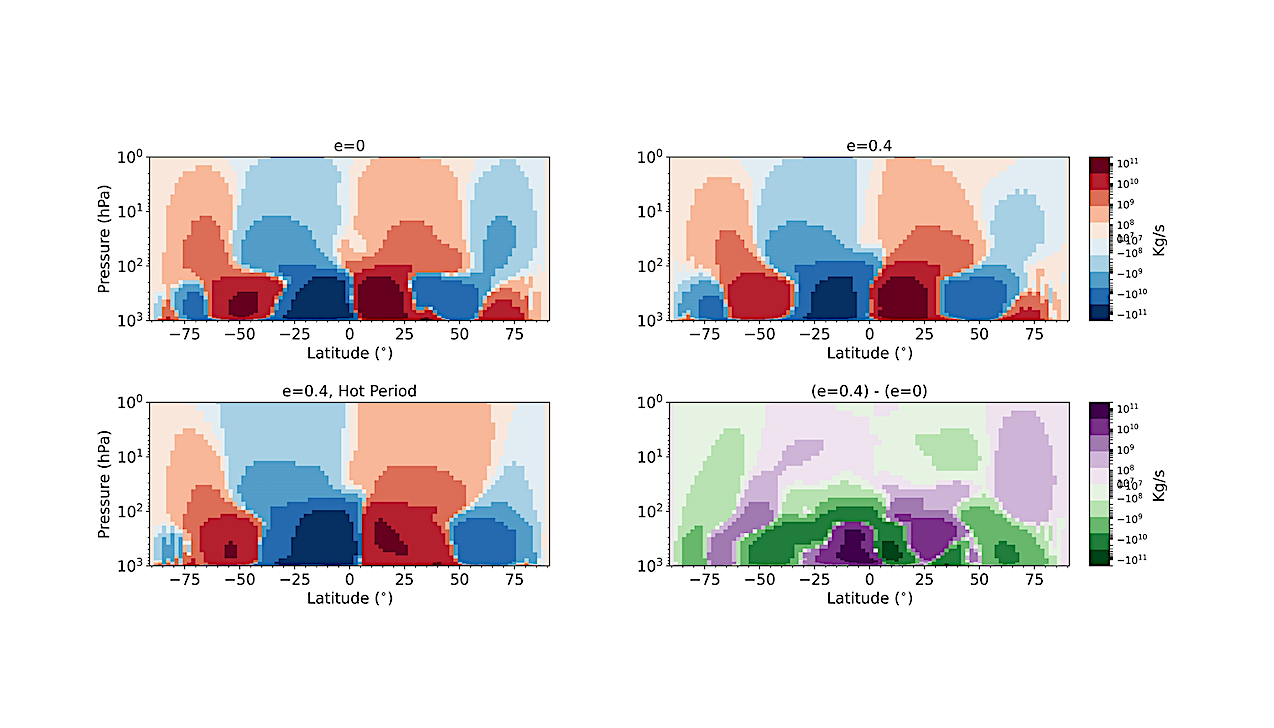
The detection and characterization of Earth-like planets around Sun-like stars is an important goal of exoplanetary research, given their promise for hosting potentially habitable conditions.
Key orbital parameters, such as eccentricity, can influence a planet’s climate response and, as a consequence, affect its potential habitability. Utilizing the Earth System Model – the Whole Atmosphere Community Climate Model (WACCM6), we simulated Earth-like exoplanets with two different orbital parameters: one circular () and another highly eccentric (), both with zero obliquity but fixing the annual mean insolation. The highly eccentric case exhibits a 1.9 K warmer surface temperature due to lower surface and cloud albedo and a weaker longwave cloud forcing.
Exploring the annual global mean climate difference, we analysed latitudinal and seasonal variations in hydrological cycle variables, such as sea ice, land snow, and clouds. Land habitability metrics based on temperature and precipitation reveal that the case has over 25 per cent more habitable land area for more than 80 per cent of its orbit, compared with the case.
Additionally, the global circulation pattern shifts from a three-cell to a two-cell system in the case, expanding the Hadley cell to higher latitudes, enhancing meridional latent heat transport, and improving land habitability at higher latitudes.
Our study suggests that Earth-like exoplanets with high eccentricity orbiting Sun-like stars may have greater land habitability than their circular counterparts, due to seasonally warmer surface temperatures and more evenly distributed precipitation over land.
Eccentric orbits may enhance the habitability of Earth-like exoplanets, Monthly Notices of the Royal Astronomical Society, Volume 532, Issue 4, August 2024 (open access)
Astrobiology



